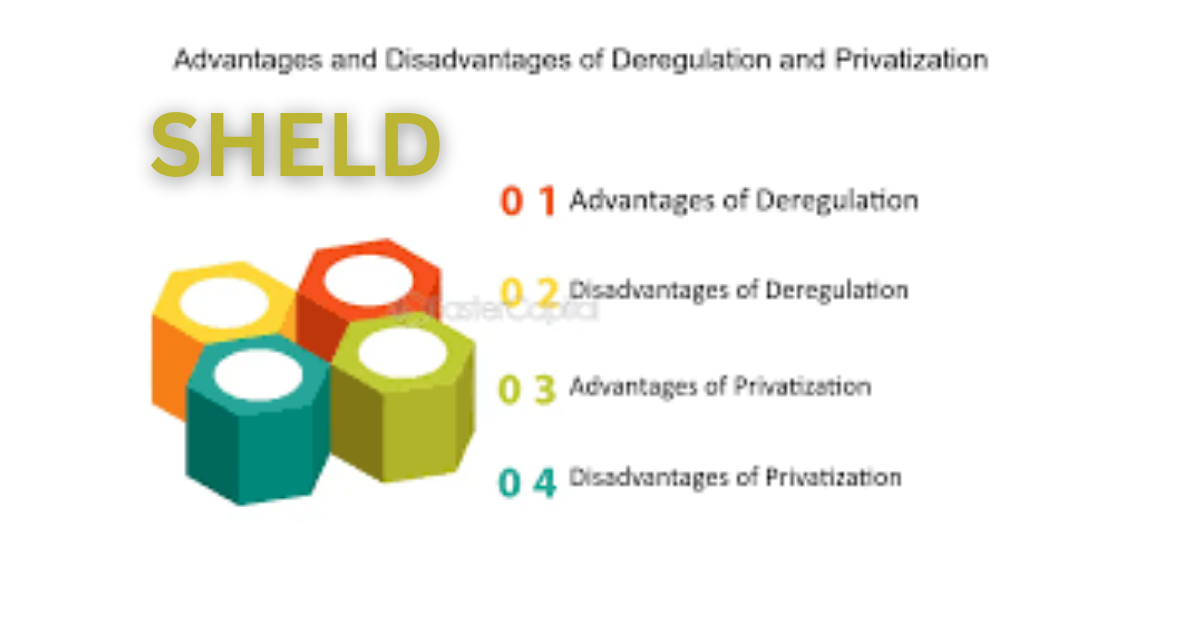Introduction
Antitrust law, also known as competition law, is designed to promote fair competition, prevent monopolistic practices, and protect consumer welfare. At the same time, innovation thrives in competitive markets where firms strive to outdo one another by offering better products, services, and technologies. However, the relationship between antitrust law and innovation is complex. While overly concentrated markets can stifle innovation, excessive regulation may discourage firms from taking risks necessary for breakthroughs. Striking the right balance between preserving competition and encouraging innovation is one of the most pressing challenges for modern regulators.
This article explores the intersection of antitrust law and innovation, examines historical and contemporary case studies, and considers how policymakers can design frameworks that balance competition with dynamic progress.
The Goals of Antitrust Law
- Preventing Market Power Abuse
Antitrust laws aim to curb monopolistic behavior, such as price-fixing, predatory pricing, and exclusionary practices, which harm consumers and competitors. - Encouraging Market Entry
By reducing barriers to entry, competition law ensures that new and smaller firms can challenge incumbents, stimulating innovation and diversity. - Protecting Consumer Welfare
Competition leads to lower prices, better quality, and greater choice. Consumer welfare is the ultimate goal of most modern antitrust regimes.
Innovation and Market Structure
The relationship between competition and innovation is nuanced, often described by the Schumpeterian Hypothesis:
- Monopoly as a driver of innovation: Joseph Schumpeter argued that monopolies, with their large profits, have the resources and incentives to invest in research and development (R&D).
- Competition as a driver of innovation: Others argue that competitive pressure forces firms to innovate continuously to survive.
Empirical studies suggest an inverted-U relationship between competition and innovation: too little competition leads to complacency, while too much competition reduces profit margins and discourages risky investments.
Historical Perspectives
- The AT&T Breakup (1982)
The U.S. government’s antitrust case against AT&T led to the breakup of the telecommunications giant into regional companies. This decision is widely credited with fostering competition in long-distance services and enabling innovations in telecommunications, including mobile and internet technologies. - Microsoft Case (1990s)
The antitrust case against Microsoft centered on its bundling of Internet Explorer with Windows, which was deemed anti-competitive. While the company was not broken up, the case signaled to technology firms that dominant positions could be challenged, arguably paving the way for innovations in browsers, search engines, and operating systems. - European Union and Big Tech
The EU has pursued aggressive antitrust actions against firms such as Google, Apple, and Amazon, focusing on practices like preferential search rankings and app store restrictions. These actions aim to maintain competitive digital markets and encourage innovation from smaller players.
Modern Challenges: Antitrust in the Digital Economy
- Network Effects and Winner-Take-All Markets
Digital platforms often benefit from network effects, where the value of a service increases as more users join. This dynamic can lead to market concentration, as seen with social media and search engines, making antitrust enforcement more complex. - Data as a Source of Market Power
In the digital age, data is a crucial asset. Firms with access to vast datasets can develop superior algorithms, reinforcing their dominance. Regulators face the challenge of ensuring data access without undermining privacy or innovation incentives. - Dynamic Competition
Innovation-driven markets often involve rapid disruption, where today’s leader may be displaced tomorrow. Overly strict antitrust intervention may risk freezing dynamic competition by penalizing successful innovators prematurely.
Balancing Antitrust and Innovation
- Tailoring Enforcement to Market Context
Not all markets function alike. Regulators must recognize industry-specific dynamics when assessing anti-competitive behavior. For example, pharmaceutical markets differ significantly from digital platforms. - Encouraging Interoperability and Data Portability
Policies that promote interoperability between platforms or require data portability can reduce entry barriers without punishing successful innovators. - Merger Control with Innovation in Mind
Mergers can eliminate competition but may also generate efficiencies that foster innovation. Regulators must carefully assess whether a merger reduces long-term innovation or creates synergies that benefit consumers. - Supporting Small and Medium Enterprises (SMEs)
Ensuring that SMEs have fair access to markets and funding can create a more innovative ecosystem, balancing the dominance of large incumbents.
Policy Implications
- Dynamic Standards for Antitrust
Legal frameworks must evolve to reflect changing technologies and business models. Static definitions of market dominance may be inadequate in fast-moving industries. - Global Coordination
As digital markets transcend borders, international cooperation among antitrust authorities becomes essential to ensure consistent and fair enforcement. - Balancing Regulation with Flexibility
Policymakers must avoid heavy-handed interventions that suppress innovation. Instead, they should design flexible frameworks that adapt to evolving market conditions.
Conclusion
Antitrust law and innovation share a complex, often paradoxical relationship. Strong competition encourages firms to innovate, but excessive enforcement may deter risk-taking and reduce investment in R&D. Historical and contemporary cases reveal the importance of striking a careful balance—one that fosters dynamic competition, protects consumer welfare, and ensures markets remain open to newcomers.
In the digital era, where data and network effects amplify market power, regulators face unprecedented challenges. The future of antitrust law lies in crafting adaptive, context-sensitive policies that preserve competition without undermining the very innovation that drives economic progress.




